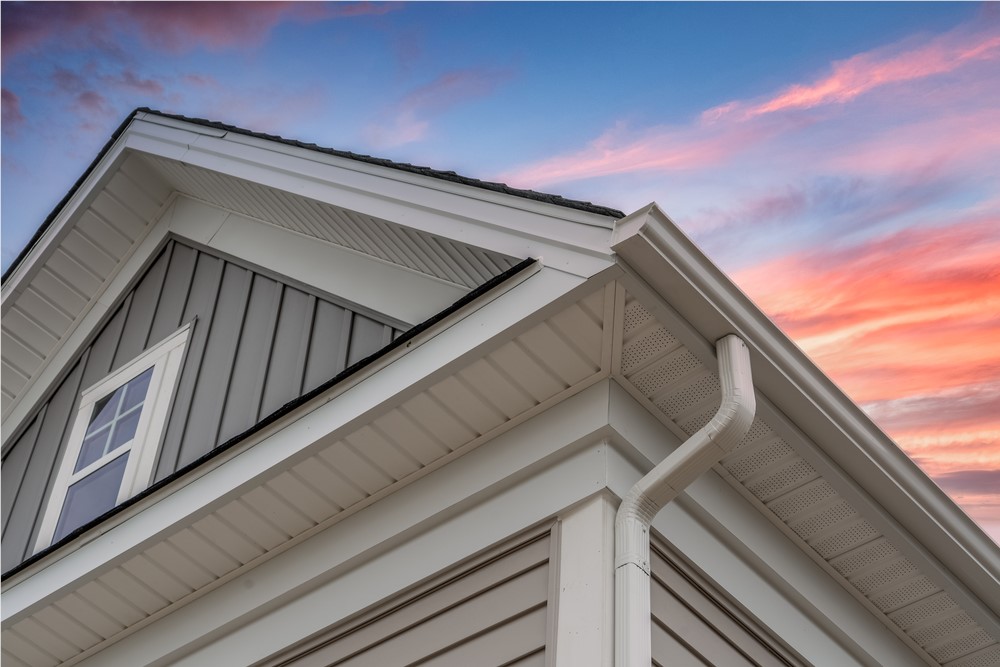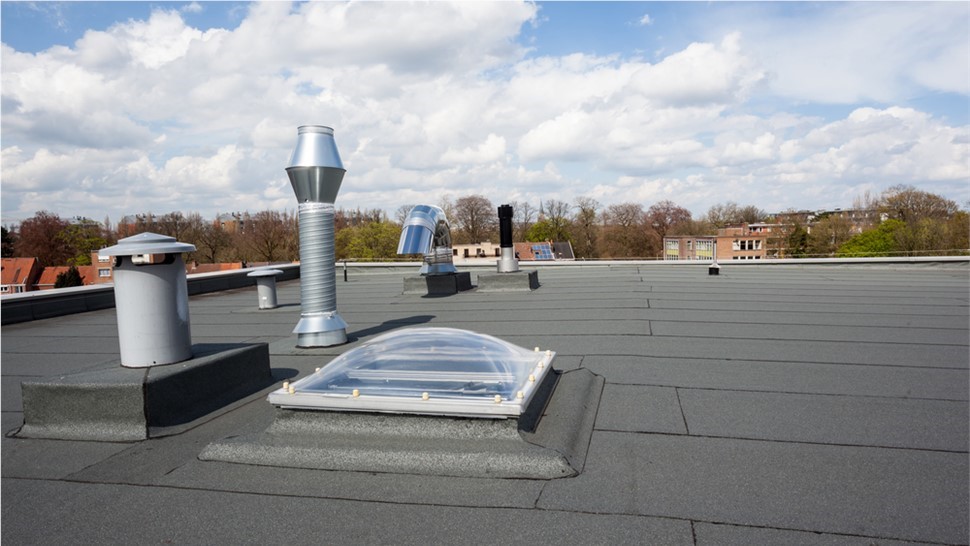What Causes Water Leaks in the Ceiling?
A roof in need of repairs often leaves “footprints” on your ceiling, visible from the interior of your house. If water has somehow found its way through your shingles or from another source, unsightly stains can appear in the affected areas on your ceiling. You may notice some yellowish or dark brown spots developing, or if you are very unlucky, parts of your ceiling may be sagging or destroyed entirely.Burst Piping
Burst pipes are a prevalent cause of ceiling leaks and damages are most common in the winter when temperatures can reach extreme lows. As the water inside of the pipes cools down quickly, it expands and causes the pipes to become more pressurized, leading to a burst if the pipe cannot handle the extra pressure.A burst pipe will often lead to some massive flooding, which will cause damage like the aforementioned destroyed ceiling. Some examples of areas that may have a higher chance of bursting are upstairs water lines that lead into the bathroom or upstairs pipes that lead to or from a laundry room. Water that comes from burst piping may be lighter in coloration and nearly clear due to it being filtered.
Leaks from the Roof
A roof leak will most likely be caused by broken shingles, a poorly ventilated attic, or an opening to the outside, such as chimneys and vents. A leaking roof will allow the outside elements to infiltrate your home’s interior, leading to an attic that traps moisture and soaks your ceiling below. Your roof can be damaged any season of the year, so it is vital to check your roof’s health frequently. Look for signs of potential roof leaks. If the water coming from the leak is dirty or brown in coloration, it could be an indication that the roof is the cause.A good example of what may cause some roofing damage is seen in the winter when temperatures fluctuate into the extremes. When the weather outside repeatedly freezes and thaws the snow on the roof, something called an “ice dam” will form beneath your shingles. These dams can allow lots of water to flow into your home.
Faulty Appliances
This cause should only be a consideration if your home has a second floor with appliances such as dishwashing machines, clothes-washers, or refrigerators. The drain lines and supply lines of these appliances can be damaged and lead to water leaking out onto the floor beneath the appliance. This water will soak into the floor and wreak havoc on the ceiling beneath. Leaks can also show up beneath or behind the appliance before moving through the ceiling below. Like with burst piping, the water from leaks caused by faulty appliances is more likely to be clear.Other Considerations
If you cannot locate the cause of your ceiling’s damage, you should call a roofing professional. An expert roofer will search for the source of the roof leak before the damage becomes bad enough to require total replacement of your roof and ceiling. Maintaining your roof over time is important and will save money in the long run. A wet ceiling can also grow mold, which affects the quality of the air within your home. Stains from leaks should not be left alone to become a more severe problem.Tags
Subscribe to Amos Exteriors's Blog








Comments